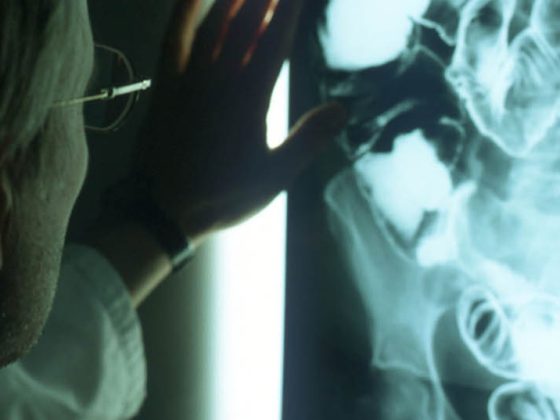About 5% of all people experience an epileptic seizure in their lifetime. Nearly 1% of the population develops epilepsy during their lifetime. In Switzerland, this is around 70,000 people, with the incidence increasing with age.
For a correct diagnosis, adequate imaging – except in a few idiopathic generalized epilepsies of childhood – is crucial. Especially in focal epilepsies that are difficult to control with medication, which account for approximately one third of all epilepsies, high-resolution MRI diagnostics are extremely important and form the basis for deciding whether or not epilepsy surgery should be considered. The MRI protocol recommended by the German Section of the International League Against Epilepsy is a very helpful basis to detect the often very small lesions and will be presented by PD Dr. med. Stephan Meckel and colleagues from Freiburg.
The goal of modern epilepsy treatment is to keep the patient seizure-free without significant impairment of quality of life due to side effects. Epilepsy is considered refractory when a patient’s reasonable attempt at therapy with two tolerated, adequately selected antiepileptic drugs has not resulted in sustained seizure freedom. Patient compliance is very important in assessing the efficacy of drug therapy. To achieve the highest possible compliance, comprehensive information and active involvement of the patient in the therapeutic decision-making processes are required, which are reflected in the newer concepts of adherence and concordance in epilepsy therapy. The work of Dr. med. Thomas Dorn deals with the terminology as well as its meaning in terms of content. If compliance and adherence deficiencies are suspected, determination of serum concentrations of anticonvulsants may be helpful before a drug is deemed ineffective. If a lesion is found on high-resolution MRI diagnosis in focal epilepsy and no seizure freedom can be achieved with medication, do not wait too long before referring the patient to an epilepsy surgery center for further evaluation of possible surgical epilepsy therapy.
Prof. Dr. med. Barbara Tettenborn
InFo NEUROLOGY & PSYCHIATRY 2014; 12(4): 1.












